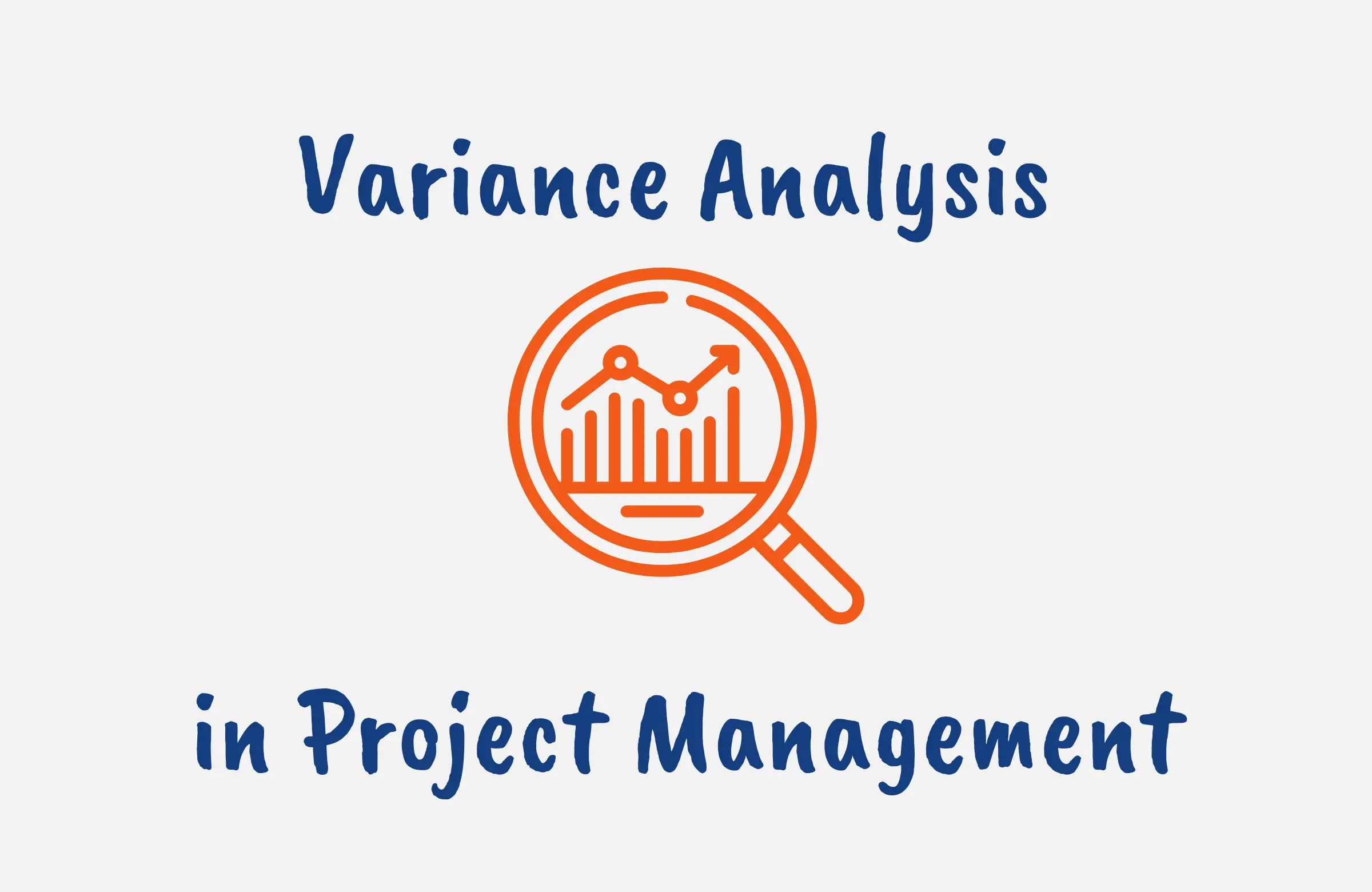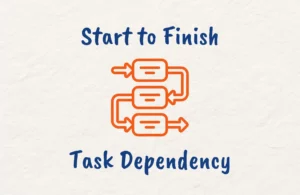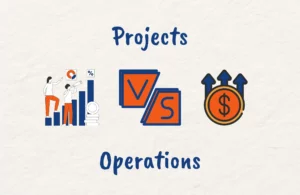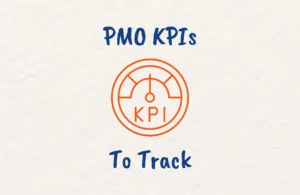When you are managing a project that deviates from the original scope, schedule, and budget, what do you do?
As a project manager, proactively analyzing variances from your project baseline is crucial for getting things back on track.
Implementing variance analysis allows you to identify the root causes of deviations and take timely corrective action.
In this, we’ll explore common sources of variance and how to leverage variance analysis in project management to effectively monitor and control project performance.
What is Variance in Project Management?
A variance in project management refers to any deviation from the original project plan with respect to scope, schedule, or cost parameters.
As a project progresses, its actual performance inevitability diverges from initial estimates and baselines at one point or another.
Common sources of variance include:
- Changes in project scope triggered by new requirements
- Inaccurate activity duration estimates
- Unanticipated risks materializing
- Resource constraints causing schedule slippage
- Market factors driving up component costs
Variances are quantified by comparing the project baseline values to actual values during project execution to indicate the project performance.
A positive schedule variance for example means tasks are getting completed ahead of schedule, while a negative cost variance on the other hand indicates a budget overrun.

Types of Variances in Project Management
There are three major types of variance that project managers monitor and control:
1. Schedule Variance
This occurs when the actual completion dates of project activities differ from the planned schedule baseline.
Exceeding activity duration estimates results in negative schedule variance while finishing work early produces positive variance.
2. Cost Variance
Cost variance is the difference between the actual costs incurred and budgeted costs for work performed.
This could arise from overspending to complete activities leading to negative variance or underrunning budgets generating positive variance.
3. Scope Variance
Scope variance occurs when the features or deliverables produced deviate from the original project scope baseline.
This usually results from scope creep or uncontrolled changes.
Regularly calculating and assessing these three variances enables you to effectively monitor work performance and take timely corrective action when needed.

What is Variance Analysis in Project Management?
Variance analysis in project management refers to the process of determining the root causes, magnitude, and impacts of identified variances on a project.
It involves:
- Comparing baseline planned values to actual performance data
- Calculating the size of the schedule, cost, and scope variances
- Analyzing the reasons for the deviations
- Assessing the consequences on overall project objectives
- Deciding on appropriate corrective and preventive actions
You can leverage variance analysis throughout project execution to identify emerging issues as soon as they occur in a timely fashion to enable you to diagnose problems early and make adjustments to get performance back on track.
This allows projects to meet quality, timeline, and budget goals despite inevitable changes and disruptions.
Consistent use of variance analysis techniques gives you actionable data to effectively control your projects.

How to Perform Variance Analysis in Project Management
Conducting effective variance analysis involves following a systematic approach:
- Identify Variance: First of all, compare the baseline and actual values to pinpoint variances in scope, schedule, costs, or risks.
- Quantify Variance: For identified variances, the next step is to calculate the size of each variance using appropriate formulas or metrics.
- Determine Causes: Analyze the root causes of identified variances through methods like cause-and-effect analysis.
- Assess Impacts: Evaluate the consequences of the variances in meeting project objectives.
- Implement Corrective Action: Develop specific actions to address negative variances and get performance on track.
- Recommend Preventive Action: Identify ways to avoid similar variances in the future.
- Update Plans: Incorporate appropriate changes into the project plans based on analysis findings.
Following these steps enables data-driven variance analysis. The key is to quickly diagnose issues, take corrective action, and incorporate lessons learned into enhanced plans and processes.

How to Use Variance Analysis in Project Management
Variance analysis is a vital technique for effective project control across key performance areas:
Schedule Control
Calculating schedule variance identifies activity and task delays. Subsequently, you can diagnose the root causes of negative variances ranging from unrealistic estimates to resource bottlenecks, or dependencies.
Then, corrective actions like fast-tracking, crashing, or scope reduction can be implemented to restore the timeline.
Cost Control
Cost variance analysis uncovers overspending issues. From investigating, you can uncover reasons like unplanned work, inefficient execution, or price escalations.
Mitigation strategies like value engineering, resource reallocation, or budget changes should then be executed to optimize spending.
Scope Control
Scope variance indicates uncontrolled changes or scope creep. The project manager verifies and documents all modifications and secures approvals as per change control processes. This prevents “feature bloat” from eroding schedules and budgets.
Risk Control
Variance trends provide insights into emerging risks. Out-of-tolerance variances may require activating risk response strategies outlined in the risk management plan. This contains impacts within defined thresholds.
Variance analysis provides vital data to keep your projects on an even keel. However, timely detection and diagnosis of issues remains key.
With consistent use of this analytical technique, you will be in a better position to make sound decisions to maximize project outcomes.

Variance Analysis Formula
Quantifying variance requires using specific formulas to calculate the size and significance of differences between planned and actual performance data.
These variance analysis formulas provide quantitative data to enhance project monitoring, control, and decision-making and enable objective performance measurement.
Earned Value Analysis (EVA) and Microsoft Project are two common approaches for determining variance metrics.
Earned Value Analysis (EVA) Variance Analysis Formula
EVA is a project performance measurement technique that leverages various formulas to conduct variance analysis:
Schedule Variance (SV) measures the deviation of the project timeline from the planned schedule.
SV = Earned Value (EV) – Planned Value (PV)
Cost Variance (CV) calculates the budget deviation from what was planned.
CV = Earned Value (EV) – Actual Cost (AC)
Variance at Completion (VAC) is an Earned Value Management metric that forecasts the final cost variance of the project
VAC = Budget at Completion (BAC) – Estimate at Completion (EAC)
Generally, the closer the Schedule Variance and Cost Variance are to zero, the more the project performance goes according to what was planned.
A positive Schedule Variance or Cost Variance indicates favorable performance. Negative metrics on the other hand signify unfavorable deviations requiring corrective action.
Microsoft Project Variance Analysis Formula
Microsoft Project calculates variance using built-in formulas that compare baseline and actual values:
Start Variance
Start Variance is a metric that measures if there is a deviation between the planning starting time for a task in the schedule baseline and its actual starting time.
The formula is given as Start Variance = Actual Start Date – Baseline Start Date
A positive Start Variance means the task started later than planned, while a negative variance indicates it started earlier than planned. If the Start Variance is zero, then the task started exactly when it was planned to start.
Finish Variance
The Finish Variance formula calculates when a task finished versus when it was supposed to finish per the baseline plan.
The formula is given as Finish Variance = Actual Finish Date – Baseline Finish Date
A positive Finish Variance means the task is completed later than planned, and a negative variance indicates it finished earlier than planned. At zero, then it finished as planned.
Duration Variance
Duration Variance measures whether the actual time spent on a task differed from the original duration estimate.
Its formula is given as Duration Variance = Actual Duration – Baseline Duration
A positive duration variance means the task took longer to complete than planned, a negative one indicates it was completed faster than planned, while zero variance means it was finished within the duration that was estimated.
Analyzing these variances for each task helps identify trends in schedule and duration deviations from the baseline enabling project managers to then diagnose the root causes and take corrective actions to address negative variances.
Conclusion
Quickly identifying, assessing, and addressing variance is critical for delivering successful projects.
Implementing a structured variance analysis process allows you to diagnose issues, understand root causes, evaluate impacts, and take timely corrective action.





